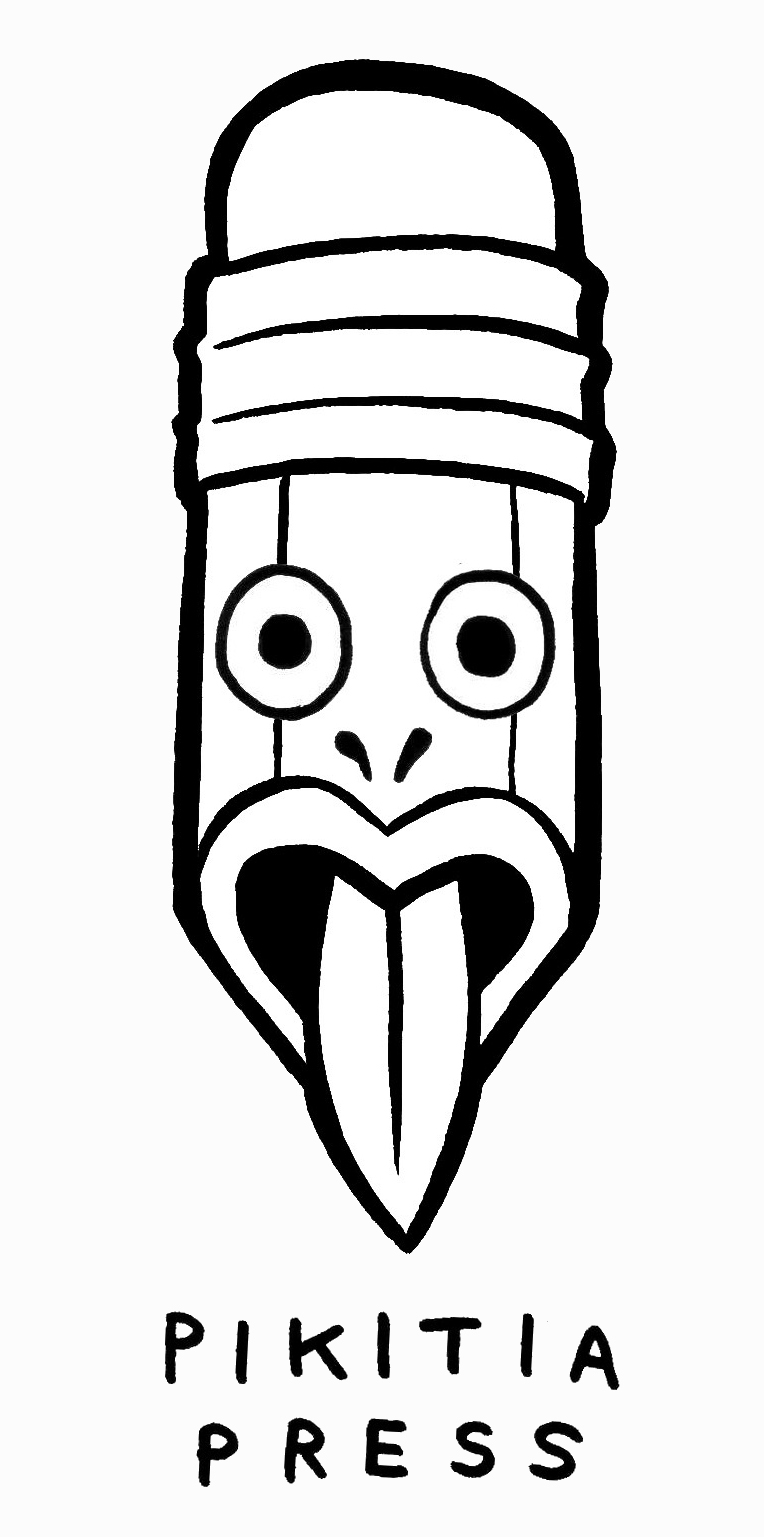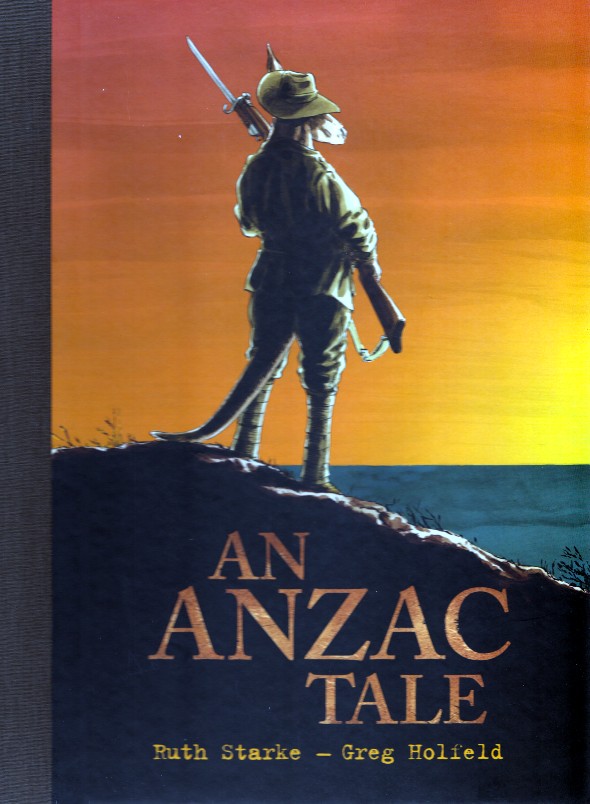Australasian Comic reviews by Philip Bentley.
Australasian cartoonists and publishers interested in being reviewed contact Philip here.
An Anzac Tale (Working Dog Press, 2013)
The Anzac Legend (Wotsleft Books, 2014)
Given the countdown to April 25, 2015 it is not surprising there has been a run of Gallipoli-related books of late. Comic creators have also heeded the call with these two works the first of what I believe to be a ‘gathering storm’.
An Anzac Tale, which came out in 2013, is by the Adelaide-based creative team of children’s author Ruth Starke and artist Greg Holfeld. They are also the team behind the Captain Congo adventures, of which there have been three Tintin-sized books since 2008. Tintin is a fair comparison as the good captain is a pre-WWII adventurer involved in similar sorts of scrapes – although there is a significant difference in that the captain is an anthropomorphic gorilla!
The anthropomorphic quality carriers over to An Anzac Tale where various Australian marsupials participate in the Anzac landing. As a children’s book it is of necessity a simplified affair, but that doesn’t prevent it from being engaging. Indeed one of its strengths is the emotional response it is able to summon up in the reader. Another is the artwork. Eschewing the flat colour of Captain Congo Holfeld here employs a lush wash effect that is both stylish and evocative, and adds much to the work’s appeal.
Dave Dye’s The Anzac Legend takes a different approach. A former soldier, Dye sets out to recreate and explain the first phase (10 days) of the Gallipoli campaign using copious research that included two visits to the site. At around 200pp it doesn’t scrimp on detail, which may be as much a hindrance as help for the general reader. In and of itself this isn’t a problem given the position the campaign, rightly or wrongly, occupies in the national consciousness, but the way in which the story is told doesn’t do itself any favours.
As a narrative there is a procedural quality to the text that tends to render its voice into something of a monotone. Further, the lack of any breaks, such as chapters or subheadings, gives the reader little opportunity to pause from the unrelenting surge forward. To add to this, Dye has chosen to follow, in parallel, the movements of 20 odd detachments of soldiers as they edged their way inland. Whilst a not unreasonable strategy it does leave the reader floundering to remember the previous actions of so many disparate groups. Dye states that he feels it gives an idea of the chaotic nature of the early stages of the conflict and indeed it does, but at the expense of overall clarity.
On the plus side is the artwork which displays an impressive use of line work and a style rooted in artists and cartoonists of the mid-twentieth century. Despite its more realistic look there still seems to be echoes of great Australian cartoonists such as Carl Lyon and Stan Cross and even illustrators as far back as Norman Lindsay. Whilst it may be too old-fashioned for some it seems to me to be an appropriate style for the subject matter.
So while the end results are mixed it is still an impressive work for someone who hadn’t previously produced a comic. And it is true that even with the failings noted above by the end of the book I certainly had a far better understanding of the Gallipoli experience, if not a totally clear picture. If you are military minded and enjoy a fine-detailed look at a specific battle you may well enjoy it. Someone looking for a more basic overview may be better elsewhere.





